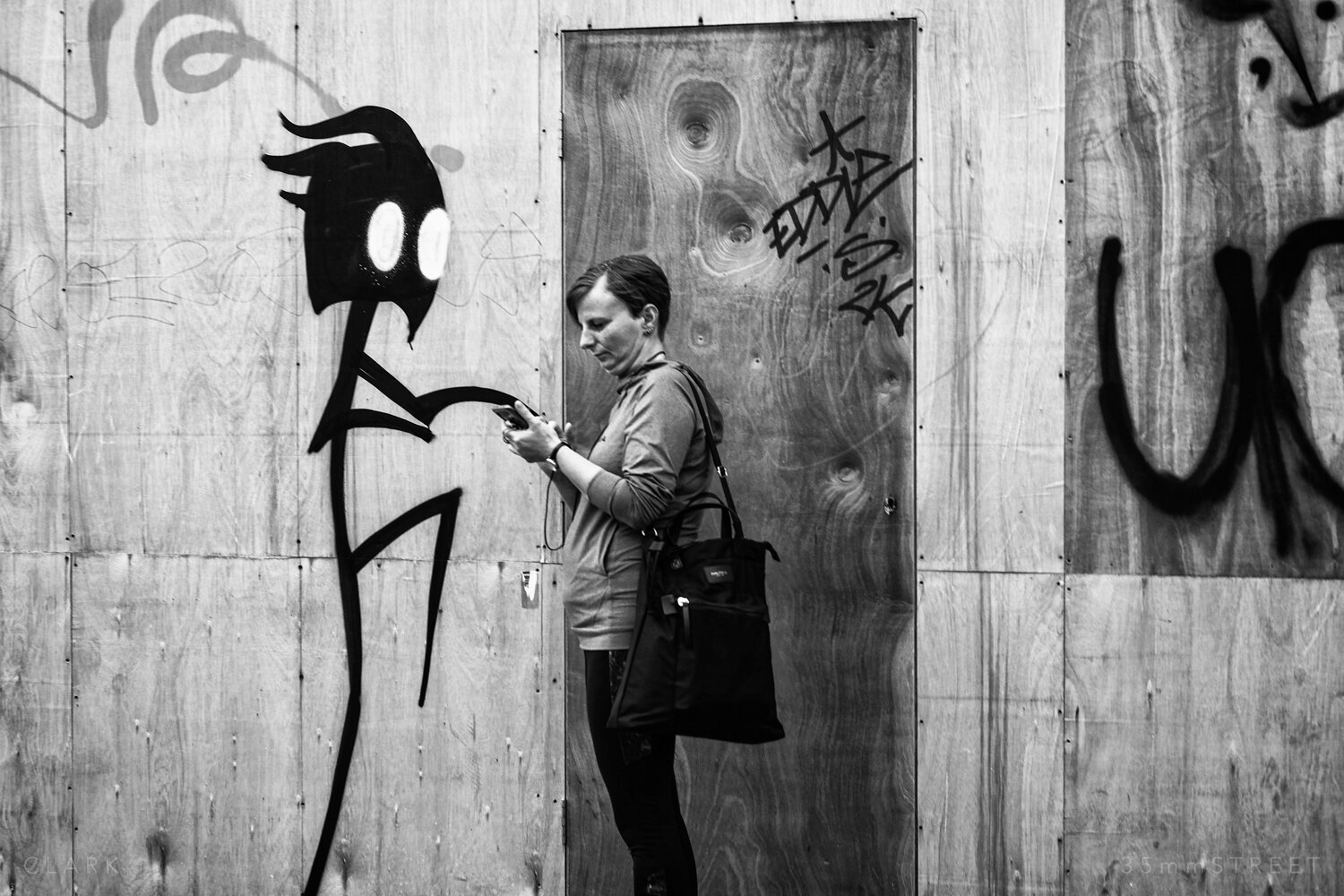See This Report about Street Photographers
See This Report about Street Photographers
Blog Article
Everything about Street Photographers
Table of Contents5 Easy Facts About Street Photographers ExplainedIndicators on Street Photographers You Need To KnowWhat Does Street Photographers Mean?How Street Photographers can Save You Time, Stress, and Money.Unknown Facts About Street Photographers
A genre of photography that documents everyday life in a public location. The actual publicness of the setting enables the professional photographer to take honest images of complete strangers, often without their understanding. Street photographers do not always have a social purpose in mind, but they prefer to separate and capture moments which could otherwise go undetected (Street Photographers).Though he was affected by most of those that affected the road photographers of the 1950s and '60s, he was not mainly thinking about capturing the spirit of the road. The impulse to visually record people in public began with 19th-century painters such as Edgar Degas, douard Manet, and Henri de Toulouse-Lautrec, who functioned side by side with photographers attempting to catch the essence of metropolitan life.
Due to the comparatively primitive innovation readily available to him and the long direct exposure time called for, he struggled to catch the pressure of the Paris streets. He explored with a collection of photo methods, attempting to discover one that would certainly permit him to catch activity without a blur, and he located some success with the calotype, patented in 1841 by William Henry Fox Talbot. As opposed to Atget, photographer Charles Marville was worked with by the city of Paris to create an encyclopaedic file of Haussmann's city preparation project as it unfolded, therefore old and brand-new Paris. While the photographers' subject was basically the very same, the results were significantly various, showing the impact of the professional photographer's bent on the personality of the pictures he created.
Offered the fine quality of his photographs and the breadth of material, architects and artists typically got Atget's prints to utilize as referral for their very own job, though industrial rate of interests were rarely his main inspiration. Rather, he was driven to photo every last remnant of the Paris he loved.
See This Report on Street Photographers
They expose the city with his eyes. His work and basic understanding of digital photography as an art form offered as ideas to generations of digital photographers that complied with. The future generation of road digital photographers, though they likely did not refer to themselves thus, was introduced by the photojournalism of Hungarian-born professional photographer Andr Kertsz.
Unlike his peers, Brassa made use of a larger-format Voigtlnder video camera with a much longer exposure time, requiring him to be much more computed and thoughtful in his technique than he might have been if utilizing a Leica.
Cartier-Bresson was a champ of the Leica cam and among the first professional photographers to optimize its capacities. The Leica enabled the photographer to communicate with the environments and to catch minutes as they took place. Its relatively little size additionally helped the photographer fade into the background, which was Cartier-Bresson's favored approach.
Getting My Street Photographers To Work
It is as a result of this basic understanding of the art of image taking that he is frequently attributed with discovering the medium around once again approximately a century given that its development. He took photos for greater than a half century why not try this out and influenced generations of digital photographers to trust their eye and intuition in the moment.
These are the inquiries I will try to respond to: And after that I'll leave you with my own definition of road digital photography. Yes, we do. Allow's start with specifying what a meaning is: According to (Street Photographers) it is: "The act of specifying, or of making something certain, distinctive, or clear"
No, most definitely not. The term is both restricting and misinforming. Seems like a street digital photography need to be photos of a roads ideal?! And all street photographers, except for a handful of absolute newbies, will completely appreciate that a road is not the essential component to road photography, and really if it's an image of a road with perhaps a couple of boring people not doing anything of interest, that's not road photography that's a picture of a road.
A Biased View of Street Photographers
He makes a valid point don't you assume? However, while I agree with him I'm unsure "candid public digital photography" will certainly capture on (although I do kind of like the term "candid digital photography") due to the fact that "street digital photography" has been around for a very long time, with several masters' names affixed to it, so I believe the you can try this out term is below to stay.
Inside?! I hear you yell as you tremble your hand to the sky. Why not? You can contend the beach, at a festival, in a street, in a park, in a piazza, in a coffee shop, at a museum or art gallery, in a city station, at an occasion, on a bridge, under a bridge ...

What Does Street Photographers Mean?

Report this page